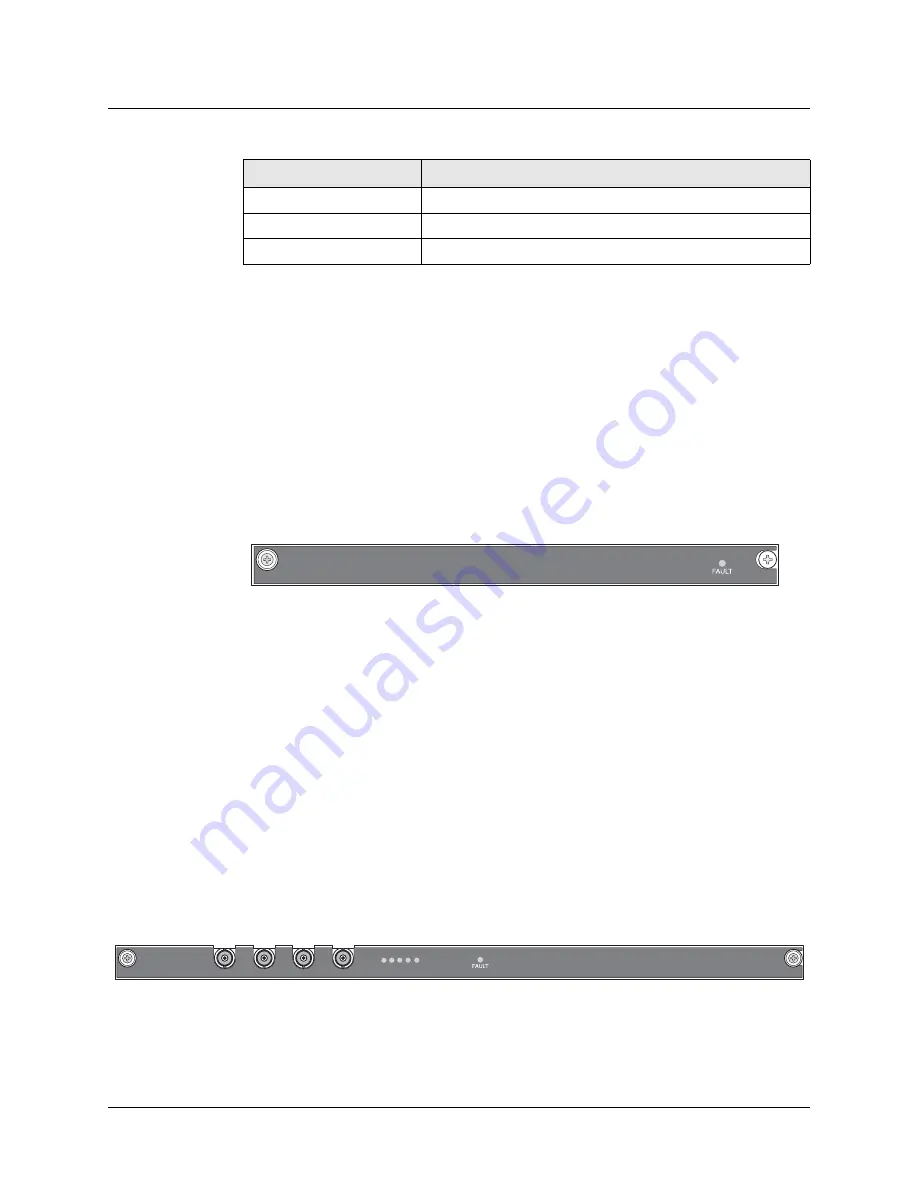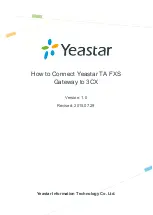
Slot Card Specifications
Hybrid Access III slot card
APX 1000™ Getting Started Guide
B-3
Hybrid Access III slot card
The Hybrid Access (TNT-SL-HDLC2-EC-C) slot card provides termination of data calls,
unchannelized, or nailed connections using high level data link control (HDLC). Each ISDN
call or nailed session requires one or more HDLC channels to process the HDLC encapsulated
data received from or sent to a WAN interface. Because the ingress cards do not provide
complete HDLC resources, a Hybrid Access or MultiDSP slot card is required to manage
HDLC encapsulation and terminate the call in the system.
Each HDLC2 card has the capacity to terminate HDLC connections for six T1 or six E1 lines
up to a maximum of 186 HDLC channels.
Figure B-2. HDLC2 card
Channelized T3 slot card
The channelized T3 slot card (APX1-SL-CT3-C) provides a communications circuit composed
of seven DS2 groups, each of which includes four DS1 lines, each of which in turn is
composed of 24 DS0 channels, for a total of 672 DS0 channels.
Note:
Because of its dimensions, this card can be installed only in the APX 1000 top slot
(slot 5).
Channelized T3 status indicators
In addition to the indicator described in “Multipurpose status indicator on slot cards” on
page B-1, the T3 card provides the status indicators shown in Figure B-3.
Figure B-3. Channelized T3 slot card front panel
All status indicators except LA illuminate when power is applied to the unit or the unit is reset,
and remain illuminated until the card passes POST. If no status indicators are illuminated, the
T3 interface is either disabled or is receiving an Alarm Indication signal (AIS) or Idle signal.
Table B-3 describes the T3 slot card status indicators.
Status indicator
Multipurpose fault indicator, one per card
Operating humidity
10% to 90%, noncondensing
Operating temperature
32° F to 122° F (0° C to 50° C)
Table B-2. MultiDSP slot card specifications (continued)
Category
Specification
L
A
L
F
R
A
Y
A
A
D
LINE RX
BYPASS RX
BYPASS TX
LINE TX
















































